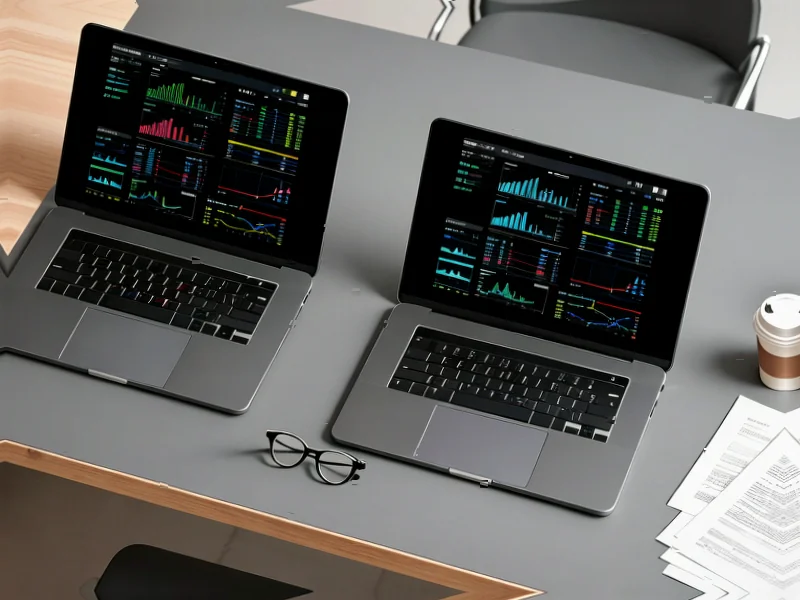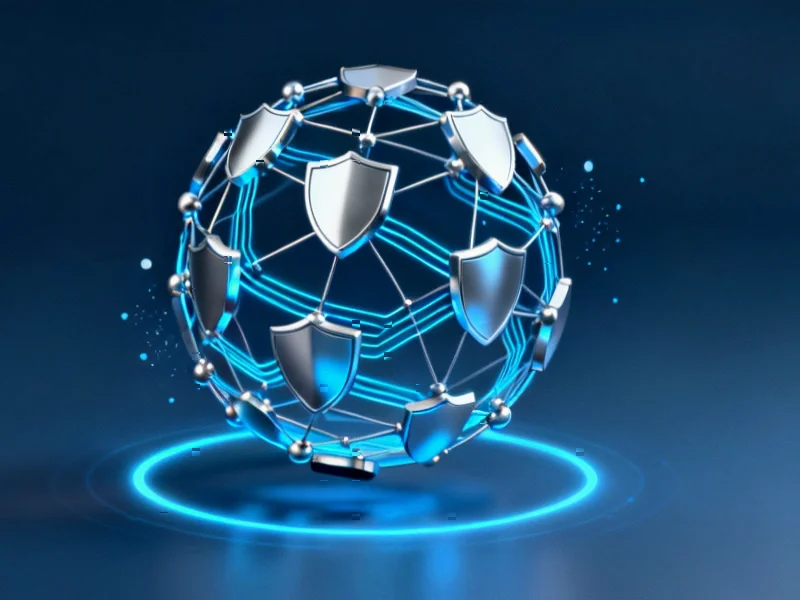According to TheRegister.com, France has become the first country to sign up as a Silver member of the Matrix.org Foundation through its Interministerial Digital Directorate (DINUM), requiring payment of a membership fee. The French state already uses Matrix as the backbone for Tchap, its secure instant messaging service used by more than 600,000 public officials. During Matrix’s recent Strasbourg conference, more than two dozen public sector entities were noted to have tried or were currently using the technology, with Germany championing it in healthcare and Sweden considering its own secure messaging service. The European Commission is also running a trial Matrix deployment as a potential replacement for Signal as a backup tool, particularly after Signal’s recent outage due to its dependence on Amazon Web Services. This growing European interest in Matrix reflects broader sovereignty concerns and the search for alternatives to closed messaging platforms.
Table of Contents
The Sovereign Technology Movement Gains Momentum
France’s formal commitment to Matrix represents more than just another technology adoption—it’s a strategic statement in the ongoing battle for digital sovereignty. European governments have been quietly building momentum toward homegrown alternatives since the 2013 Snowden revelations exposed the vulnerabilities of relying on US-controlled infrastructure. What began as cautious exploration has accelerated into concrete action, driven by recent geopolitical tensions including Russia’s invasion of Ukraine and concerns about US political stability. The movement isn’t about rejecting American technology outright, but rather ensuring that critical communications infrastructure remains under European control. This aligns with broader EU initiatives like GAIA-X for cloud infrastructure and ongoing efforts to reduce dependency on foreign technology stacks for essential services.
Why Matrix’s Architecture Matters
Matrix’s decentralized architecture provides exactly what governments seeking sovereignty require: control without isolation. Unlike centralized platforms where a single company controls the entire infrastructure, Matrix operates on a federated model where each organization can run its own homeserver while maintaining interoperability with others. This became powerfully evident during Matrix’s own September outage, where organizations with their own homeservers—including government deployments—remained operational despite the central Matrix.org server going down. The protocol’s end-to-end encryption and open standards mean that while France can maintain its sovereign control over Tchap, it can still communicate securely with other Matrix-based systems across Europe. This balance of autonomy and connectivity is crucial for practical adoption, as complete isolation would defeat the purpose of modern communications platforms.
The Real Implementation Challenges
While the political will is clearly growing, the technical and organizational hurdles remain substantial. The European Commission’s clear statement that it has no plans to replace Microsoft Teams as its primary platform highlights the practical reality that sovereign alternatives often serve as supplements rather than replacements—at least initially. Migration from established platforms involves significant retraining costs, compatibility issues, and the challenge of maintaining service continuity during transition periods. There’s also the open source sustainability question that The Register noted—organizations using the code without contributing back. France’s membership fee payment sets an important precedent, but widespread adoption will require more countries and large enterprises to financially support the ecosystem they’re benefiting from.
Where Matrix Fits in the Broader Market
Matrix occupies a unique position between completely closed commercial platforms and fully isolated sovereign solutions. It competes not just against messaging giants like WhatsApp and Telegram, but also against other open standards like XMPP and proprietary enterprise solutions like Slack and Microsoft Teams. What gives Matrix an edge for government adoption is its combination of mature encryption, federation capabilities, and the ability to self-host while maintaining interoperability. The upcoming Version 2 of the Matrix specification promises to address some of the protocol’s current limitations, particularly around performance and scalability. However, Matrix’s technical co-founder Matthew Hodgson’s statement that they’re “laser-focusing on being the best decentralized secure comms platform” suggests they’re wisely avoiding mission creep into adjacent areas like social media, where other decentralized projects have struggled.
The Inevitable Policy Contradictions
The anonymous conference attendee’s observation about France supporting both secure messaging for itself and Chat Control regulations for the public highlights a fundamental tension in sovereign technology policy. Governments want both security from foreign surveillance and access for domestic law enforcement—objectives that often conflict in practice. The same encryption that protects French officials from foreign intelligence agencies also protects citizens from domestic surveillance. As more European countries adopt Matrix and similar technologies, they’ll need to navigate these contradictions carefully. The technology itself is neutral, but its implementation reflects political priorities that may not always align with stated values about privacy and digital rights.
What Comes Next for Sovereign Messaging
France’s move likely represents the beginning of a broader trend rather than an isolated incident. We can expect to see more European countries formalize their relationships with Matrix or similar sovereign messaging solutions over the next 12-18 months. The DINUM’s public support for the foundation creates a template that other governments can follow. However, true success will require private sector adoption beyond the public sector deployments currently driving growth. The real test will come when sovereign messaging solutions need to demonstrate they can scale to meet the demands of cross-border business communication while maintaining the security and control that make them attractive to governments in the first place.



